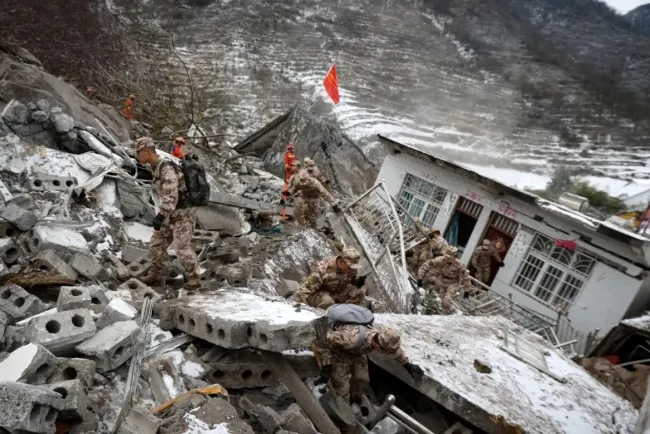India's Auto Tariffs: A Shift Towards Liberalization Amid U.S. Pressure
India's auto import duties, currently reaching as high as 110%, are under scrutiny as the nation signals a potential shift in its trade policies. With U.S. President Donald Trump's administration applying pressure, India may finally consider negotiating a more open auto market. This article explores the implications of India's high tariffs, the potential for change, and the impact on global automakers.
High Tariffs and Their Impact
India's auto tariffs have long been a point of contention, making it challenging for consumers seeking foreign vehicles. The current tariff structure has fortified the domestic automotive industry by favoring local manufacturers like Mahindra and Tata Motors while also attracting foreign investments from companies such as Suzuki and Hyundai. However, these protective measures have also restricted access for global giants like Tesla, who face significant barriers to entering the Indian market.
Despite these restrictions, India has emerged as a critical export hub for international automakers. The country exported about $87 billion worth of goods to the U.S. last year, indicating the importance of maintaining strong trade relations. The Indian market's growth potential is significant, especially as the middle class continues to expand and demand for automobiles rises.
A Potential Change in Policy
For the first time since 1992, India is showing signs of willingness to negotiate its auto tariffs. This change is fueled by the recognition that maintaining such high tariffs is increasingly difficult to justify, especially in light of U.S. criticisms. Trump's administration has labeled India as the "tariff king," which has put additional pressure on Indian negotiators to reconsider their stance.
Negotiators are now exploring the possibility of using auto tariffs as a key negotiating chip in broader trade discussions. This shift could pave the way for a more liberalized auto market, benefiting both Indian consumers and global manufacturers seeking to enter the market.
The Road Ahead
As India contemplates changes to its auto tariff policies, the implications for both domestic and international markets are profound. A move towards liberalization could enhance competition, lower prices for consumers, and provide better access to advanced vehicle technologies. Additionally, it may strengthen India’s position as a vital player in the global automotive landscape.
However, the path to reform is fraught with challenges. Domestic manufacturers may resist changes that threaten their market dominance, and the negotiations will require careful balancing to ensure that India's interests are protected while also accommodating international demands.
Conclusion
India's potential shift in auto tariffs reflects a broader trend towards market liberalization amid global pressure. As negotiations progress, the automotive industry stands at a critical juncture that could redefine the landscape for both domestic and foreign automakers. The outcome of these discussions will not only impact trade relations with the U.S. but also shape the future of India's automotive sector and its integration into the global economy.
Stay tuned for further updates on this developing story as India navigates its trade policies in the evolving global marketplace.
What's Your Reaction?

















